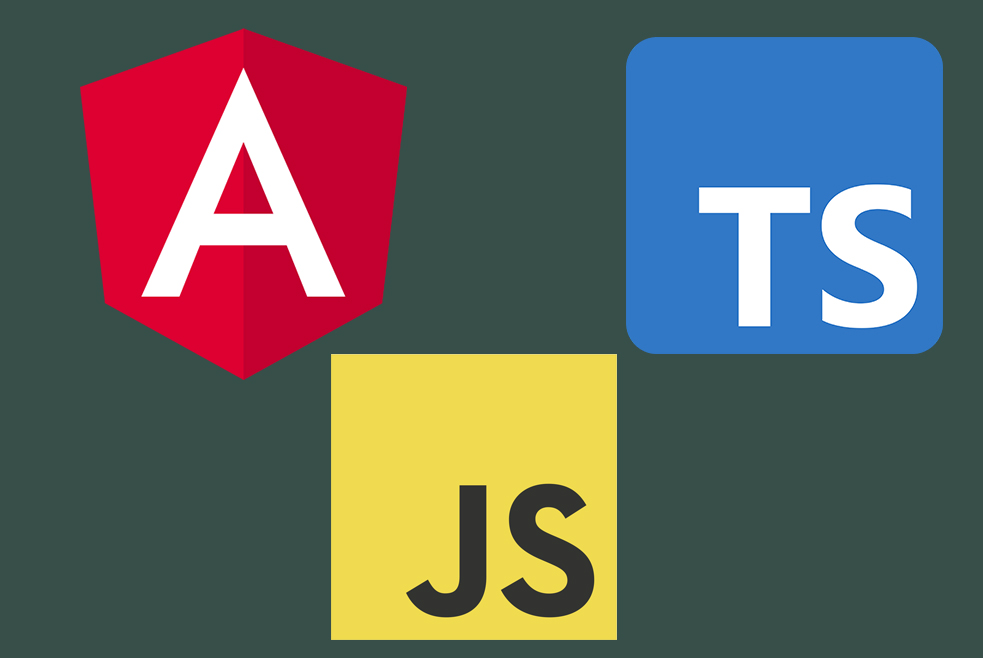Developpment news: v 1.0.1
18/07/2024 - Contact form - Basic pages and simple design: main, contact, biography and website development process pages - Deploying Next releases: - Implementation of automated builds - API/swagger - create separate page for history of releases - cookies and RGPD



